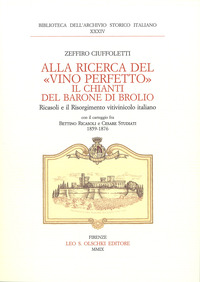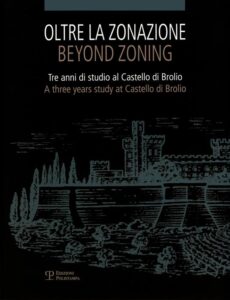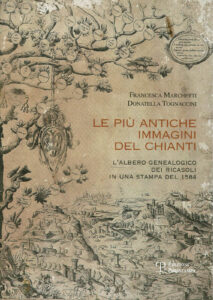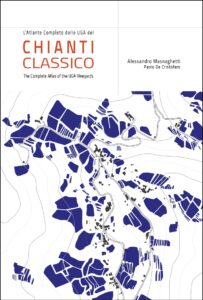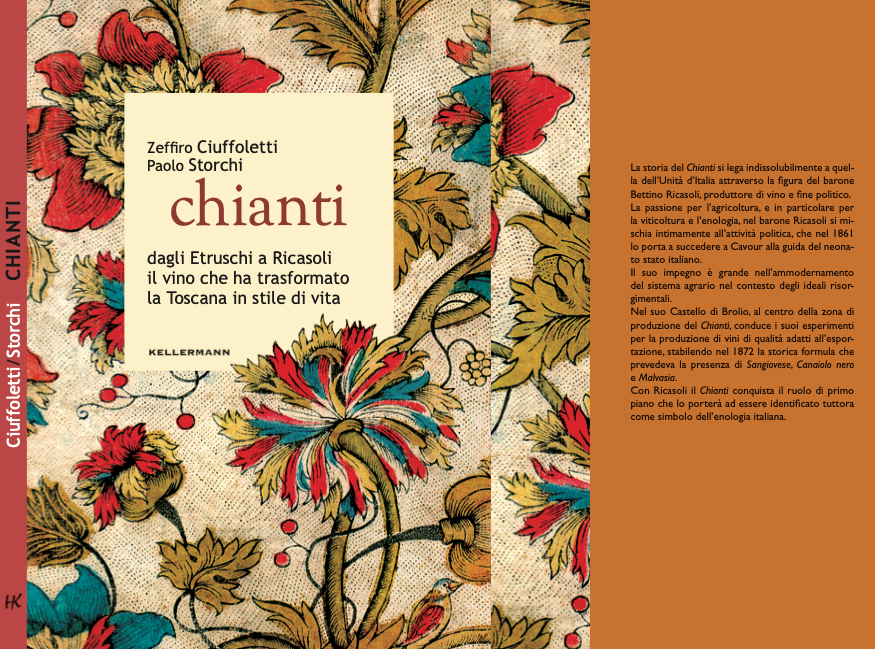
The Ricasoli family in the Chianti Classico literature
14 December, 2023The story linking the Ricasoli family to the region that is their home, indeed an area that has been identified with the noble family for centuries, is one that began a long time ago. Brolio Castle is essentially for Chianti Classico what the Eiffel Tower is for Paris. Bettino Ricasoli is credited for the well-known formula according to which the wine of his lands was produced, while Luigi Ricasoli was an enlightened president of the Chianti Classico Consortium that has been safeguarding and promoting the iconic Italian wine since 1924.
To delve into this almost millennium-old story in more detail, a recently published volume, entitled “Chianti. Dagli Etruschi a Ricasoli. il vino che ha trasformato la Toscana in stile di vita” (“Chianti: From the Etruscans to Ricasoli. The Wine that Transformed Tuscany into a Lifestyle”), clarifies the ambitious project of the authors to provide many points for reflection and in-depth study of the rich and multifaceted world of Chianti Classico. In the book, the historian Zeffiro Ciuffoletti and agronomist Paolo Storchi discuss history, art, wars, illustrious figures, grapes, and regulations. Francesco Ricasoli wrote the preface, emphasizing that the many topics covered are also linked “by the Sangiovese, a grape variety, which has found its full expression among these once wild hills, shaped over the centuries by the wise and patient work of man.” He astutely concludes by questioning “whether Baron Bettino Ricasoli, always in search of his ‘perfect wine,’ would appreciate the quality and style of today’s best Chianti Classico.
For those interested, the volume is available in leading bookstores and at the Ricasoli Wine Shop in Brolio, the spacious and elegant space dedicated to guests where wines, oil, grappas, honey, and jams can be tasted and purchased. For guests looking for a more “engaged” touch, this beautiful volume allows for a full immersion into the world of the Black Rooster.
We want to pair this historical-literary book with another recent work of great quality, although more scientific in nature: the aforementioned, Chianti Classico: l’Atlante (“Chianti Classico: The Atlas”), by Alessandro Masnaghetti, who, along with Paolo De Cristofaro, describes through detailed maps, row upon row, the vineyards and production areas of Chianti Classico, defining the styles of the wines produced.
These are the two latest books in chronological order that deal with Brolio and the Ricasoli family, adding to a series that includes both historical studies like Alla ricerca del vino perfetto (“In Search of the Perfect Wine”) (2009), also written by Zeffiro Ciuffoletti, and Le più antiche immagini del Chianti. L’albero genealogico dei Ricasoli in una stampa del 1584 (“The Oldest Images of Chianti: The Genealogical Tree of the Ricasoli in a Print from 1584”) (2009) by Francesca Marchetti and Donatella Tognaccini, often discussed in the context of labels. Among the more technical books, Oltre la zonazione. Tre anni di studio al Castello di Brolio (“Beyond Zoning: Three Years of Study at Brolio Castle”) (2013) edited by Edoardo Costantini, agronomist and research manager at the Council for Agricultural Research in Florence.
All these books can be found at the Ricasoli Wine Shop, which, like Brolio’s Osteria, Agribar, and the Castle with its guided tours, will be open even during the holiday season. To check the times please visit L’Enoteca | Ricasoli 1141.
